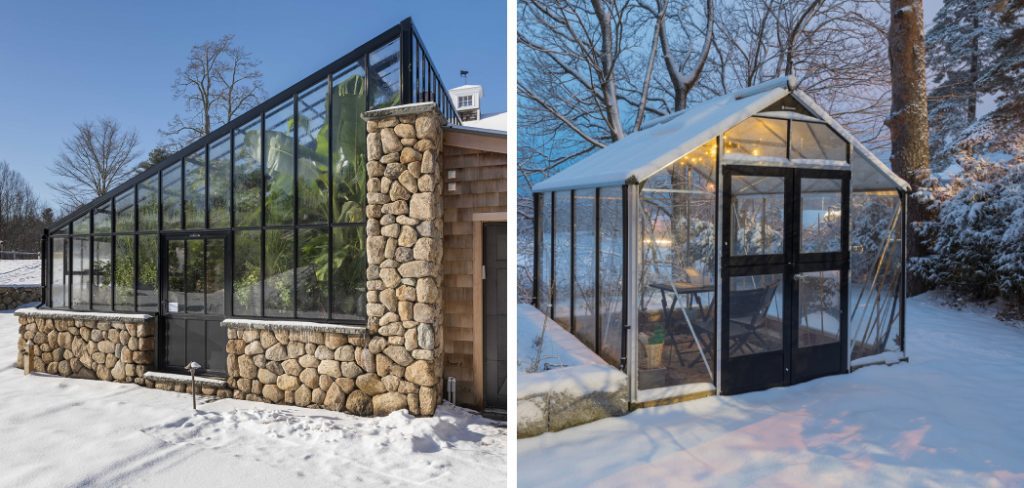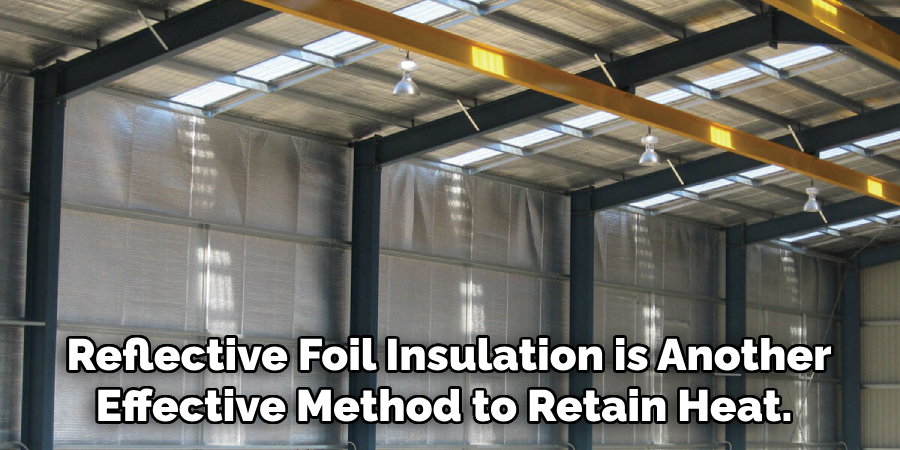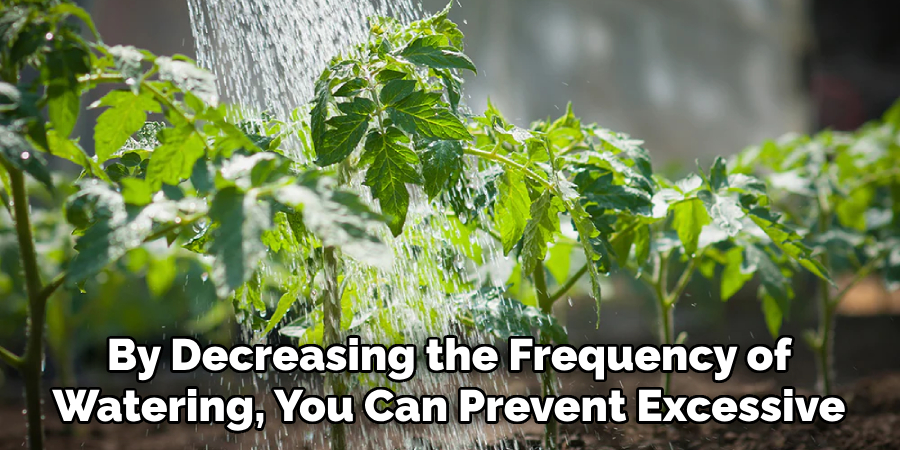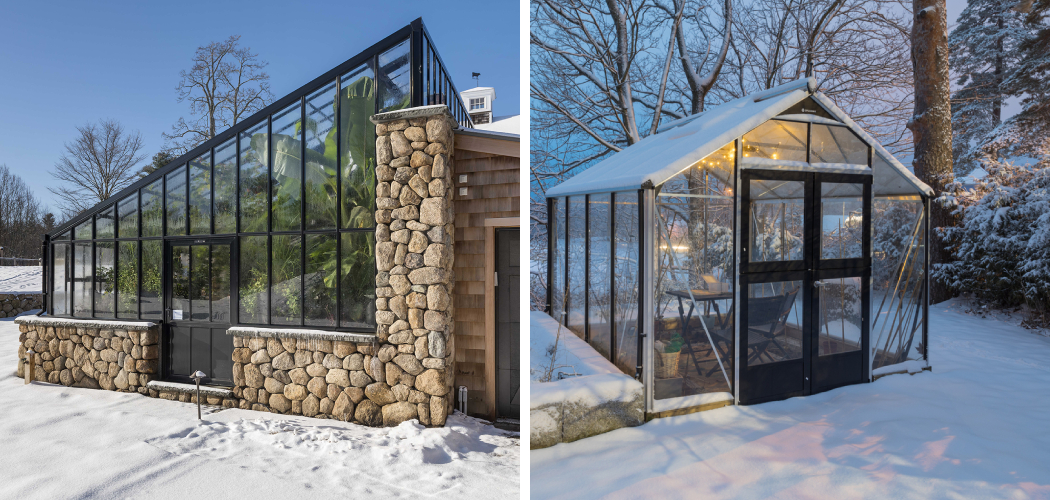To winterize a greenhouse, insulate it with bubble wrap and install a heating system.

Understanding The Importance Of Greenhouse Winterization
Understanding the importance of greenhouse winterization is essential for any greenhouse owner. Neglecting winterization can lead to costly consequences. By winterizing your greenhouse, you can avoid damage to your plants and equipment. Winterization provides a protective barrier against cold temperatures, frost, and snow.
It helps maintain a stable and optimal climate inside the greenhouse. This, in turn, enables your plants to survive the harsh winter conditions and continue to thrive. A properly winterized greenhouse also prevents energy loss, reducing heating costs. Additionally, winterization ensures that your greenhouse remains functional and ready for use when spring arrives.
Don’t underestimate the benefits of winterizing your greenhouse. Protect your investment and enjoy year-round gardening success.
Evaluating The Greenhouse Structure
Evaluating the greenhouse structure is the first step in winterizing it effectively. Check for any existing insulation and assess its condition. Look out for air leaks and drafts that may affect temperature control. Drafts can be sealed with weatherstripping or caulking.
Inspect the roof for any signs of damage such as cracks or leaks. These issues can compromise the greenhouse’s ability to retain heat. Repair any damages promptly to ensure optimal insulation. By assessing the structure and addressing any insulation or damage issues, you can create a more efficient and winter-ready greenhouse environment.
So, take the time to evaluate and make necessary improvements to keep your plants protected during the winter months.
How to Winterize a Greenhouse: Effective Tips
Preparing The Greenhouse For Winter
Preparing a greenhouse for winter involves several important steps. First, remove any debris and clean the interior thoroughly. This will help prevent pests and diseases from thriving during the colder months. Next, pruning and clearing plants and vegetation is crucial to maintain a healthy growing environment.
Trim back any overgrown branches or dead foliage. Furthermore, setting up a thermometer and heater is essential to monitor and regulate the temperature inside the greenhouse. This will ensure that plants stay warm and protected from freezing temperatures. By following these steps, you can effectively winterize your greenhouse and provide a nurturing space for your plants throughout the winter season.
Insulating Your Greenhouse
Insulating your greenhouse is crucial to effectively winterize it. Bubble wrap insulation is a cost-effective and popular option for this purpose. It provides insulation by trapping a layer of air between the bubbles and the glass. Reflective foil insulation is another effective method to retain heat.

By reflecting radiant heat back into the greenhouse, it helps maintain a stable temperature. Weatherstripping should also be added to doors and windows to prevent cold drafts from entering. This can be achieved by using weatherstripping tape or seals. Pay attention to any gaps or cracks that need sealing.
By following these tips, you can ensure that your greenhouse is properly insulated and protected during the winter months.
Managing Temperature And Humidity
To winterize a greenhouse, effectively manage temperature and humidity levels throughout the space. Understanding the temperature requirements is crucial for ensuring optimal plant growth. Monitor the humidity levels closely to avoid any issues related to excessive or insufficient moisture. Using heat lamps can help maintain the desired temperature during cold winter months, providing necessary warmth for plants.
Additionally, misting systems can be installed to regulate humidity levels by creating a fine mist that aids in keeping the air moist. By incorporating these strategies, you can successfully winterize your greenhouse and provide a suitable environment for your plants to thrive.
Remember, managing temperature and humidity is essential for safeguarding plants from harsh winter conditions.
Ventilation And Air Circulation
Proper ventilation is crucial when it comes to winterizing a greenhouse. To ensure optimal air circulation, utilize exhaust fans to regulate the air exchange. Position these fans strategically to promote an even flow throughout the greenhouse. By removing stagnant air and introducing fresh air, you can prevent condensation and the buildup of excess humidity.
This is particularly important during the winter months when greenhouse temperature and humidity levels fluctuate. Adequate ventilation also helps prevent the spread of diseases and pests, ensuring a healthy growing environment for your plants. Remember, maintaining proper air circulation is an essential aspect of winterizing your greenhouse and should not be overlooked.
With these ventilation practices in place, you can safeguard your greenhouse and maximize the growth of your plants throughout the colder season.
Protecting Plants From Frost And Cold
Protecting plants from frost and cold in a greenhouse during winter is crucial for their survival. One effective method is creating protective barriers. Frost blankets and row covers can be used to shield the plants from freezing temperatures and harsh winds.
These barriers trap heat and create a microclimate that is more suitable for plant growth. Another option is applying mulch around the plants to provide extra insulation. Mulch helps to retain moisture and regulate the soil temperature, preventing sudden temperature fluctuations that can harm the plants.
By following these measures, you can ensure that your greenhouse remains a safe haven for your plants during the winter season. Remember to prioritize their protection and keep them thriving throughout the colder months.
Watering And Irrigation Systems
To winterize a greenhouse, it is crucial to adjust the watering schedule according to the changing weather conditions. By decreasing the frequency of watering, you can prevent excessive moisture and condensation. Installing a drip irrigation system is also beneficial, as it ensures a consistent and controlled water supply to the plants.

Moreover, it helps in reducing water waste and promoting efficient water usage. Additionally, insulating the pipes and water containers is essential to prevent freezing during cold temperatures. Insulation materials such as foam sleeves or heat cables can be used for this purpose.
By following these steps, you can effectively winterize your greenhouse and protect your plants from the harsh elements.
Frequently Asked Questions For How To Winterize A Greenhouse
How Do You Winterize A Greenhouse In Cold Climates?
To winterize a greenhouse in cold climates, ensure proper insulation by using bubble wrap or double-glazed panels. Install heating systems such as heaters or radiant gas furnaces to maintain a warm temperature. Consider adding a layer of mulch on the floor and insulating the pots to protect the plants from freezing.
What Is The Ideal Temperature To Maintain Inside A Winterized Greenhouse?
The ideal temperature to maintain inside a winterized greenhouse is between 45 to 55 degrees fahrenheit. This temperature range ensures that the plants are protected from freezing while still experiencing a cooler environment to promote dormancy and prevent premature growth.
What Plants Can Be Grown In A Winterized Greenhouse?
A winterized greenhouse allows for the cultivation of cold-tolerant crops such as kale, spinach, lettuce, carrots, and beets. Additionally, you can also grow herbs like parsley, cilantro, and chives, as well as certain flower varieties including pansies, violas, and snapdragons during the colder months.
How Often Should I Water Plants In A Winterized Greenhouse?
In a winterized greenhouse, you should water the plants less frequently compared to warmer seasons. Allow the soil to dry out slightly between waterings to prevent overwatering and root rot. Check the moisture level by inserting your finger into the soil, and water only when it feels dry about an inch deep.
Can I Still Start Seeds In A Winterized Greenhouse?
Yes, you can start seeds in a winterized greenhouse. However, ensure that the greenhouse temperature remains above the recommended germination temperature for the specific seeds you are planting. Consider using seedling heat mats or heating cables to create optimal conditions for successful seed germination.
Conclusion
To ensure the longevity and productivity of your greenhouse during the winter months, proper winterization is essential. By following the steps outlined in this article, you can effectively protect your plants and preserve the growing environment. Begin by insulating the greenhouse to minimize heat loss.
Covering the windows with bubble wrap or adding a layer of insulation can go a long way in retaining heat. Pay close attention to any cracks or gaps that may need sealing to prevent drafts. Remember to clean the greenhouse thoroughly before winter, removing any debris or lingering pests.
Maintenance tasks such as checking and repairing the heating system, as well as monitoring the temperature and humidity levels regularly, are vital for the well-being of your plants. By taking these precautionary measures, your greenhouse will be well-prepared to withstand the challenges of winter, ensuring a successful growing season ahead.

